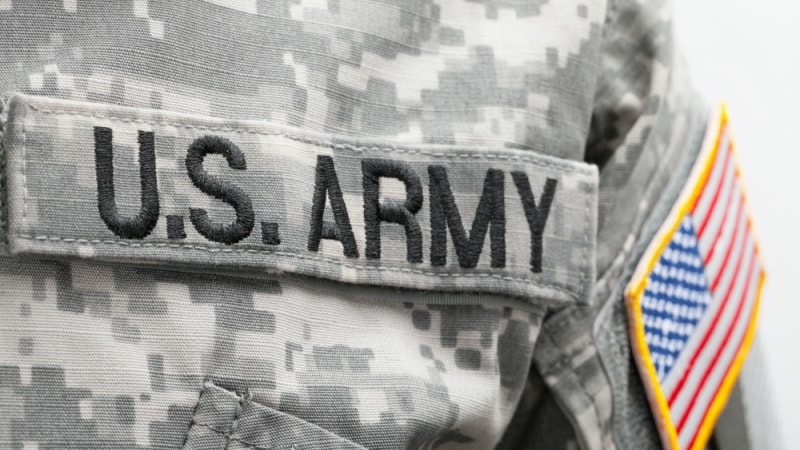
The ever-growing influx of data collected from thousands of sensors means that the U.S. Army needs more help than ever in sorting through that sea of information, and creating a robust data fabric to help with that task is essential, leaders from the service branch said this week.
“We have to make sure that we’ve got a fabric that can ingest all the data, make sure it is understandable, it’s interoperable and it’s trusted. Then, on the other end, we must make sure it’s discoverable,” said Maj. Gen. Rob Collins, the Army’s program executive officer for command, control, communications–tactical, said during FNN’s Ask the CIO event April 14.
Traditionally, the Army has embraced what Collins described as a “publish-and-subscribe” type of environment. But the Army is now trying to pivot toward a more federated data environment – one in which the service branch can discover data, exchange data based on the need, and articulate and mark data to the attribute level.
“The difference between a great decision, a good decision, and a poor decision will be milliseconds in the future battlespace,” Collins said. And getting to the optimal state in that range of outcomes begins with the data fabric, he said.
Collins explained that the data fabric will include metadata to help create and manage attribute-based access under the zero trust architecture, which will help relieve the burden of exchanging data across tactical networks.
“As we start to go toward the data fabric, one of the areas that we’re specifically looking at is the data synchronization, and how do we do that,” Collins said. “In our operational environment, there’s a lot of different types of data. … Once you bring the data in, you’ve got to be able to persist the data and secure the data. We’ve also got to be able to synchronize the data across the Army environment at a unique velocity and a unique scale.”
Creating that desired data fabric is also high on the agenda of Brig. Gen. Jeth Rey, director of the Army’s network cross-functional team. According to Rey, in the last year the Army has seen a need for this data fabric at the tactical edge, and for it to work as part of the unified network.
Additionally, from a Joint All-Domain Command and Control perspective “we have to be able to aggregate all that data using artificial intelligence and machine learning to really get after the data and present it to a commander so they can make informed decisions,” Rey said, while urging industry partners to offer their assistance in helping the Army reach that capability.
